Thursday, June 7, 2012
Hovenweep - Memories of the Past
The Four Corners region is distinguished not only by magnificent scenery, but also significant remnants of a civilization that waxed and waned in canyons and on mesa tops for nearly 10,000 years. The first Ancestral people lived as hunter-gatherers, moving with the seasons to gather plants and hunt animals. Beginning around 1800 years ago subsistence farming emerged as a new way of sustaining life, and people began to build communities where water and soil enabled the tending of crops.
Most of these enclaves were deserted by the 1300's, possibly because of climactic change, depletion of resources, or conflict with others. Whatever the reason the Colorado Plateau has an abundance of relatively well preserved structures to see and explore, including the relatively obscure Hovenweep National Monument.
Located in the far southeastern corner of Utah near the Colorado border, Hovenweep preserves some of the more unusual architecture found in Ancestral Puebloan culture. In addition the setting is remote and peaceful, offering a chance to experience an environment comparable to what the earliest inhabitants encountered.
The Monument offers a modern and well designed Visitor Center with information on Ranger led activities, a small bookstore, and a 30 unit campground with access to water and restroom facilities. There are no RV hookups.
Hovenweep - The "Deserted Valley"
The name Hovenweep is a Paiute/Ute word that translates as "deserted valley", which is essentially what late arriving tribes found upon entering the region. Managed by the National Park Service, Hovenweep is collection of well preserved ruins found in close proximity to the much larger Canyons of the Ancients National Monument administered by the Bureau of Land Management.
In total these two protected resources encompass the highest density of known sites in the country, and are part of the even wider umbrella of Ancestral Puebloan ruins that mantle the southwest. Included in the inventory are places such as Mesa Verde, Chaco Canyon, Keet Seel, Betatakin, Grand Gulch, and Canyon de Chelly just to name a few of the better known examples.
The Great Sagebrush Plain is the setting for this concentration of sites, with several streams draining the 500 square mile table top of Cajon Mesa. Shallow canyons form channels where runoff could be captured or slowed with check dams, and alcoves beneath the rim provided shelter and space for granaries to store food.
Pinon pine and juniper grow in abundance providing raw materials for building, and in the case of pinon a high value food source in pine nuts. Canyon bottoms generally had sufficient soil for planting, and seeps and springs provided year-round water. In short, everything needed for life was found in the area.
Little Ruin Canyon
Hovenweep consists of two units - Little Ruin Canyon and the Holly Unit. Little Ruin Canyon is located adjacent to Monument headquarters and is the one that most visitors see. The Holly Unit can be seen either via a moderate 8 mile round trip hike from the Monument, or accessed with a short drive on unimproved roads.
Little Ruin Canyon features a 2 mile loop trail that highlights most of the structures found in the immediate vicinity. The hike is easy enough on a meandering rock/dirt path, although there is a short descent into the canyon with a corresponding climb back out. A free trail guide is available that offers information about the sites and is useful for identifying the possible uses for each one.
On a recent visit I hiked the loop trail and captured the following images consisting of some of the more recognizable ruins. Here is Hovenweep Castle from a few different vantage points:
Hovenweep House
Square Tower
Stronghold House
Tower Point
Eroded Boulder House
Unit Type House
Twin Towers
Rim Rock House
Here is a view looking south/southwest across the canyon, from Stronghold House and Tower to Twin Towers and Rim Rock House.
This angle gives a perspective to the west showcasing Hovenweep House, Hovenweep Castle and Square Tower.
This special and beautiful place exists in splendid isolation, without the crowds and congestion of better known sites. Although what is visible to the public may be smaller in scope and scale than nearby Mesa Verde, it is no less impressive in presentation. The people who took this environment as their own and made it sustainable have certainly earned my admiration and respect.
Visiting Hovenweep takes the traveler somewhat off the beaten path, but for those who appreciate learning about the past and enjoying a visually rewarding landscape, it's well worth the detour.
Subscribe to:
Post Comments (Atom)

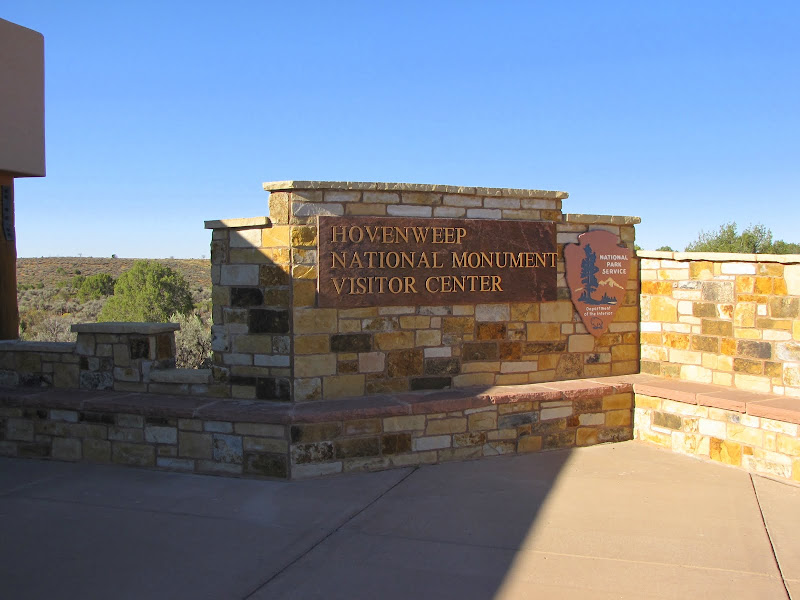

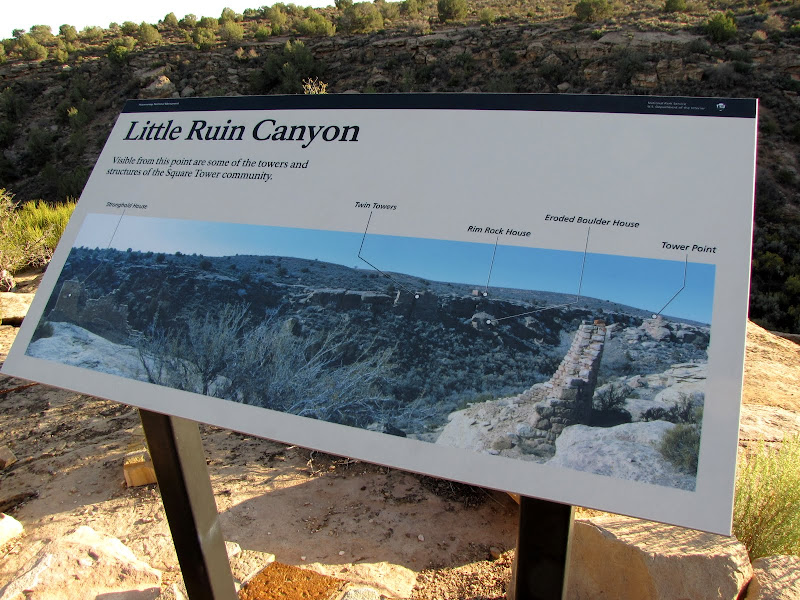



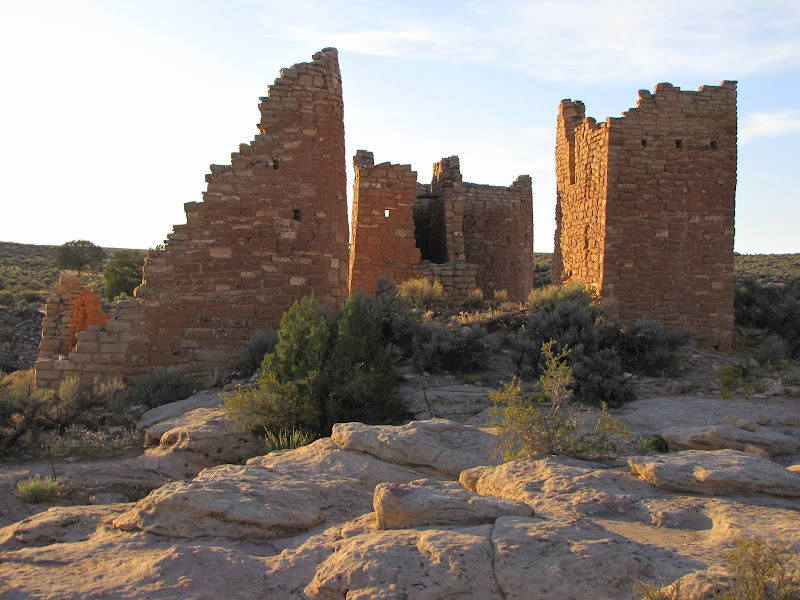
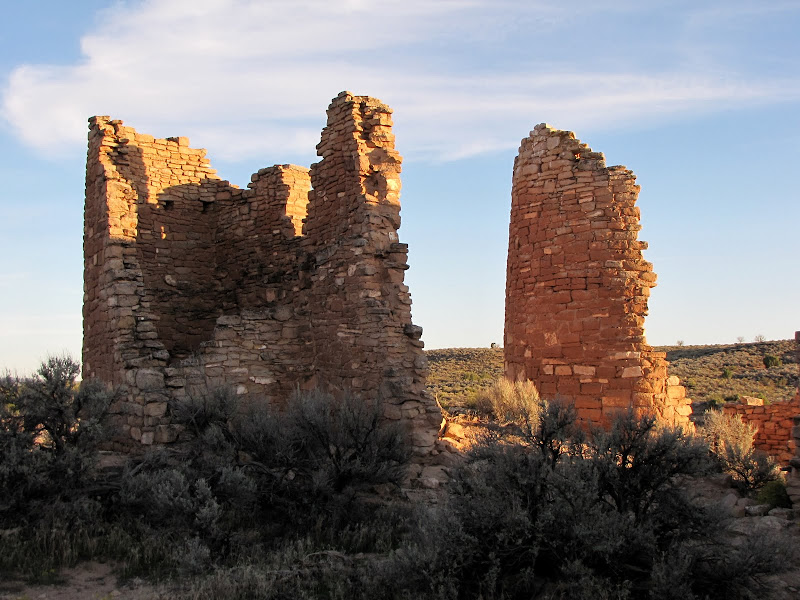






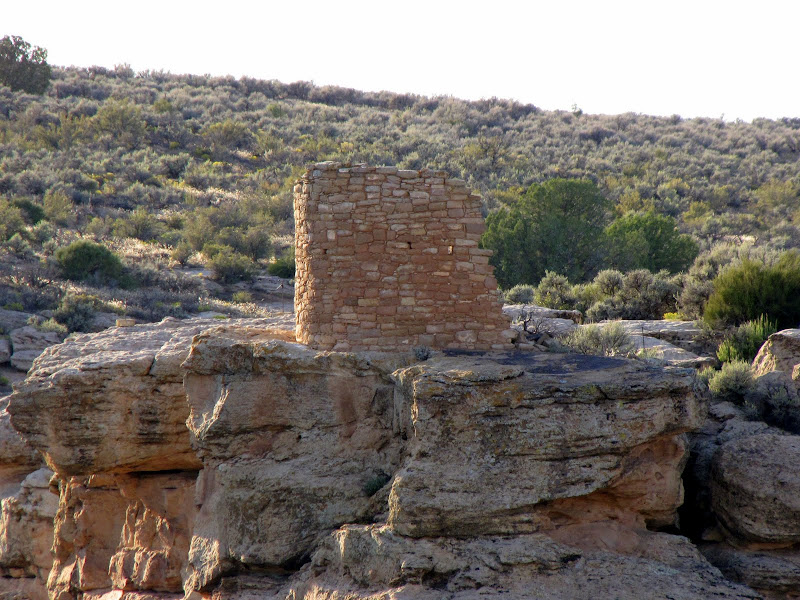



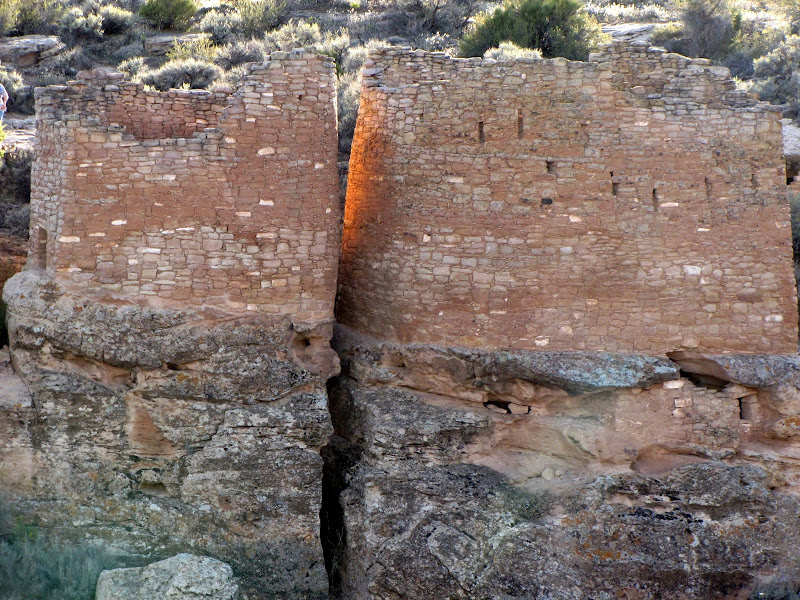






No comments:
Post a Comment